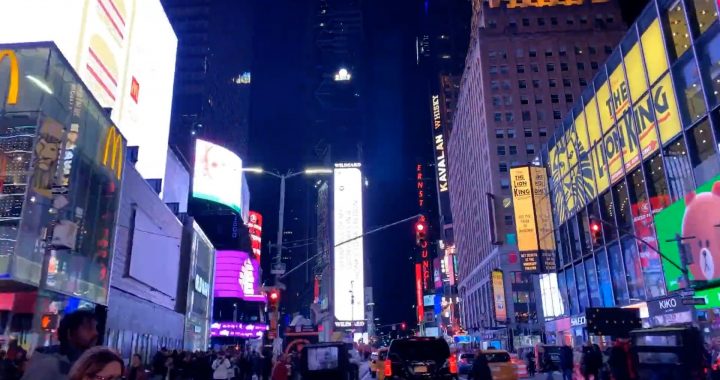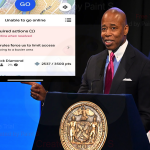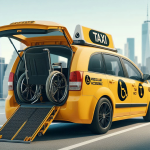Pedestrianization of streets can have a number of benefits, including improving safety for pedestrians, encouraging more walking and physical activity, and potentially reducing air pollution and noise. It can also potentially create more space for outdoor dining, retail, and other activities that support local businesses and contribute to the vibrancy of a community.
However, it is important to carefully consider the potential impacts and unintended consequences of any policy change. For example, reducing the number of lanes for automobiles could potentially lead to increased traffic congestion and delays. It is also important to ensure that the needs of all road users, including pedestrians, bicyclists, and drivers, are taken into account and that appropriate accommodations are made.
Benefits:
• Improved safety: Pedestrianization can reduce the number of conflicts between vehicles and pedestrians, which can improve safety for both groups. This is particularly important in areas with high pedestrian volumes, such as near schools, parks, and retail areas.
• Health benefits: Walking is a healthy and low-impact form of physical activity. Encouraging more walking by creating a pedestrian-friendly environment can help increase overall physical activity levels, which can have a number of health benefits.
• Environmental benefits: Pedestrianization can potentially reduce air pollution and noise, as vehicles emit less pollution when they are traveling at lower speeds or not traveling at all.
• Economic benefits: Pedestrianization can potentially create more space for outdoor dining, retail, and other activities that support local businesses and contribute to the vibrancy of a community. This can also attract more visitors and tourists to the area.
Considerations:
• Traffic congestion: Reducing the number of lanes for automobiles could potentially lead to increased traffic congestion and delays. It may be necessary to consider alternative routing or transportation options to mitigate these impacts.
• Accessibility: It is important to ensure that pedestrianization does not create barriers or challenges for individuals with disabilities or mobility issues. This may require the implementation of additional accommodations, such as ramps or accessible crossings.
• Emergency response: It is important to consider how pedestrianization may impact the ability of emergency vehicles to access and navigate an area. This may require the implementation of measures such as designated emergency lanes or the ability to temporarily lift pedestrianization restrictions in the event of an emergency.






